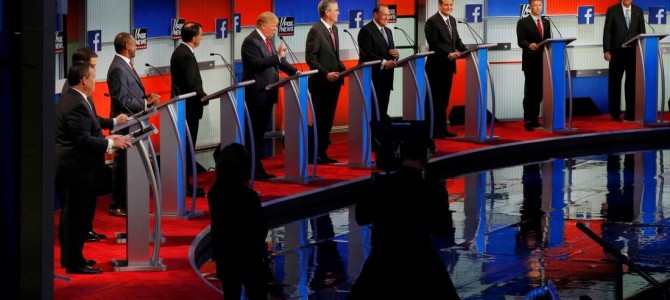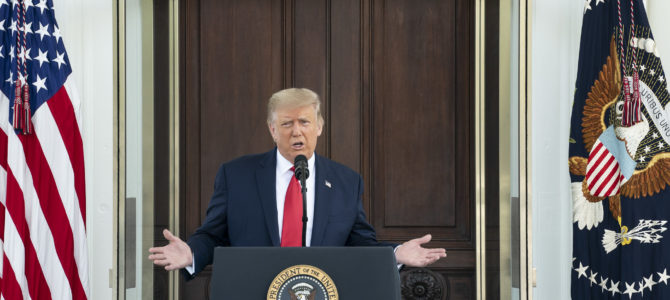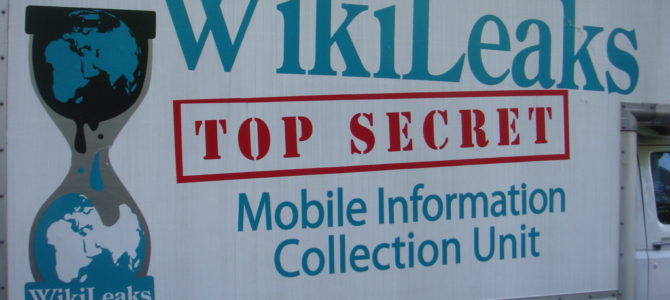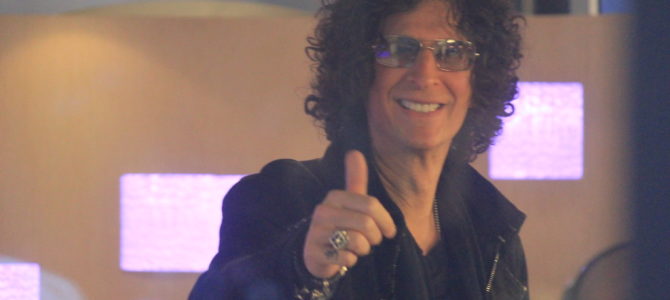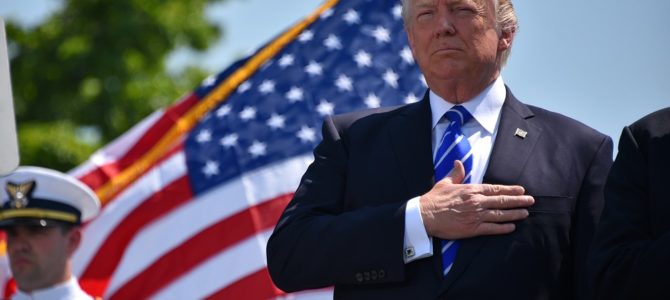Enough is enough. It’s time to cull the herd.
Of the six national polls released over the last two weeks, New Jersey Gov. Chris Christie has received a whopping 1 percent in half of them, according to Real Clear Politics. Is his standing today substantively different than it was before the September debate, in which Christie for some inexplicable reason was given nearly 13 minutes of debate talk time (more than Rubio and Cruz)? Nope. Of the four national polls that were released just ahead of that debate, Christie received 1 percent in…half of them. Despite getting nearly as much TV time in the September debate as Ben Carson, the current Iowa front-runner, Christie’s numbers haven’t moved at all. And yet here we are, pretending as though he has a shot at being elected president next year.
It’s not going to happen. Not for him. Not for Mike Huckabee. Not for Ohio Gov. John Kasich. And probably not for Sen. Rand Paul (R-Ky.), either.
The margin of error candidates need to go. What is a margin of error candidate? It’s one whose support is so low that it could actually be 0 percent due to the simple sampling error inherent in polling. There are a few different ways you could specifically define someone as a margin of error candidate in order to keep them out of the main debates. You could look at the overall margin of error in a poll — most recent national polls have about a 6 percent margin of error — and see whether a candidate’s support percentage is so low that the margin of error might mean that the candidate is actually pulling 0 percent support. Are you getting 1 percent in a poll with a 6 percent margin of error? You’re a margin of error candidate.
A different, but more statistically accurate means of determining who should get bumped on account of theoretically having 0 percent support could be using the typical standard error formula per candidate (rather than per poll), since margins of error decrease as an individual’s polling number moves away from 50 percent. Using that formula, a candidate receiving 1 percent support or less would most likely be classified as a margin of error candidate given the sample sizes of most of the latest polls.
Here’s how CNBC determined who would be eligible for inclusion in tonight’s main Republican primary debate (the rules for Fox Business Network’s debate in November are identical):
To appear in the 8pm debate a candidate must have an average of 3% among these polls. The polls will be averaged and will be rounded up to 3% for any candidate with a standing of 2.5% or higher. Candidates who average below that will be invited to the 6pm debate.
Really? I’m sorry, but that’s nuts, especially given the margins of error on these polls. Even setting aside the folly of using only national polls (nominees are selected by individual state primaries and caucuses, not a single national vote) and using the less stringent margin of error standard above (using the margin of error per candidate rather than the margin for the whole poll), a candidate could have support that’s statistically indistinguishable from 0 percent in half of the most recent polls, and somehow still end up on the same stage as candidates who are poised to win actual delegates in upcoming primaries and caucuses. Because of the appallingly low standards for who gets to be on the main debate stage, asterisk candidates with no chance of winning are sucking up valuable time that could be used to probe the candidates who might one day be taking the oath of office for the presidency.
If they want to have a big debate at the kids table, fine, but margin of error candidates don’t belong anywhere near the main stage, let alone on it.
You can see the absurdity of their inclusion by looking at the average time spent speaking per candidate from the last debate in September. On the main stage, which featured 11 candidates, each candidate spoke for an average of 12 minutes and 9 seconds. Some had more TV time (Trump spoke for nearly 19 minutes), and some had less (Wisconsin Gov. Scott Walker, who has since dropped out of the race, received only 8 minutes and 29 seconds), but on average the main stage candidates spoke for about 12 minutes each.
Now, compare that to talk time during the undercard debate. According to NPR’s tally, each participant in that debate spoke for an average of nearly 15 minutes. The result of this silly debate structure is that fringe candidates who will never, ever be president have, on average, 22 percent more time to discuss their views than do the major candidates who might actually have a shot at the nomination.
There are a few ways to solve this problem. The first is to establish a minimum margin of error standard: if a candidate’s support is statistically indistinguishable from zero, using the per candidate margin of error calculation, in one or more of the most recent polls heading into the debate, that candidate is out. You could use that threshold and then add another one based on early primary/caucus state polls. Christie and Kasich would get bounced if you just used national polls. If you wanted to use national polls and Iowa polls, Christie and Kasich would get bounced. If you wanted to ignore the national polls and just use Iowa polls, Huckabee, Kasich, and Christie would get tossed from the main stage, and Jindal would be invited to participate.
More important than the exact formula is the recognition of two things: 1) that the minimum polling thresholds should prevent potential margin of error candidates–those for whom the margin of error may be masking actual support of 0 percent–from sucking up time that could be used to question viable candidates, and 2) that national polls should not be the sole arbiter of inclusion, since state elections, not national polls, are the true means by which nominees are selected.
Are the 10-person Republican goat rodeos entertaining? Sure. Do they get great ratings? It appears they do. But this is the presidency we’re talking about. It’s not a reality show. This is the process we use to elect the most powerful person in the world. So let’s take it seriously. Let’s give viable candidates ample time to either prove or embarrass themselves. And let’s get the margin of error candidates off the main stage and over to the kiddie table where they belong.
